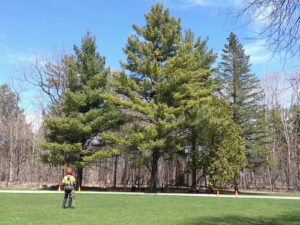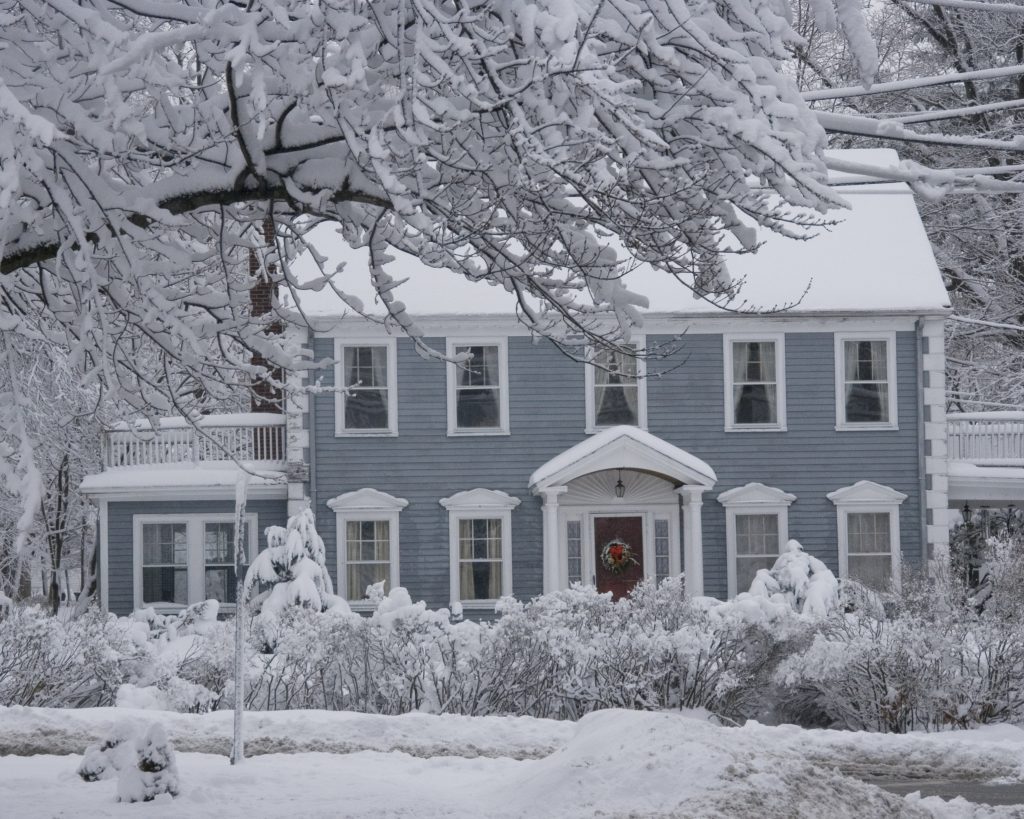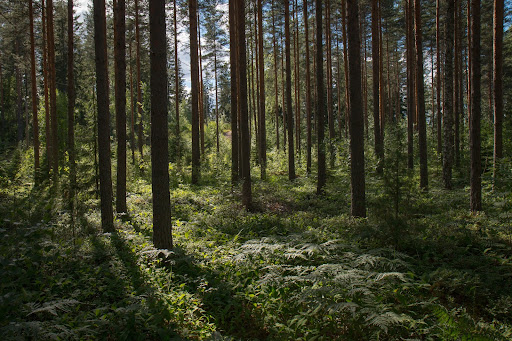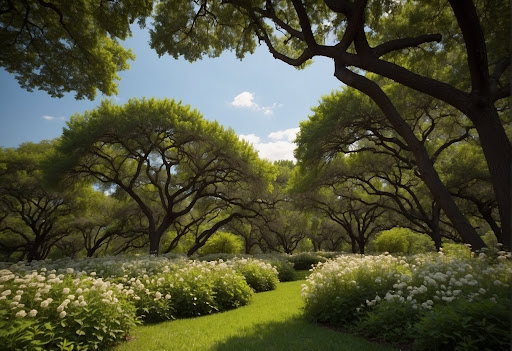Structural Pruning
Date April 12, 2023
Arborists prune trees to help keep them healthy and strong. While many homeowners and business owners have the lower branches of their trees pruned to prevent damage to people or structures, they may not realize how important it is to actually shape the tree to help improve the integrity and architecture of the canopy of the tree.
What Is Structural Pruning?
Image via Flickr by robin_ottawa
Arborists use structural pruning techniques to build a strong and shapely tree structure, especially at the crown area. The tree pruner has two major goals with structural pruning: to maintain a single dominant trunk with a balance of smaller vertical and horizontal branches and to balance the weight distribution to prevent branches and limbs from breaking. Structural pruning will help the tree stay strong and allow new healthy growth.
What Are the Benefits of Structural Pruning?
The benefits of structural pruning include shaping the tree to maintain an attractive appearance and removing dead branches and excessive growth. Landscaped trees need structural pruning to help them grow straight and strong, which reduces breakage from damaged limbs and develops resistance to insects or diseases. Pruning, especially structural pruning, requires special knowledge, training, and tools, and homeowners should hire a professional tree-care company with trained arborists. The crown of landscaped trees sits high above the ground, and the arborist must have specialized climbing equipment and tools to perform any canopy pruning.
When Is the Best Time To Start Structural Pruning?
Structural pruning is best started when the tree is young so the arborists can remove unwanted characteristics before they get out of control. Left unpruned, trees can develop a poor crown structure, weak branch attachments, and large branches that compete with the main stem of the tree. As trees mature, grow tall, and develop more unwanted branches, the more challenge the arborist faces in maintaining the structure of the tree.
Unpruned older trees have heavier branches that run the risk of falling, potentially causing harm to people and damage to structures. Structural pruning at later stages in a tree’s maturity can become costly, as the arborist must work harder to clean out branches and correct the shape of the tree.
What Are the Main Goals for Structural Pruning?
Finding a dominant leader or the main stem of the tree is the main goal of structural pruning. Arborists need to determine which stem of the tree will produce the healthiest and strongest trunk all the way to the top of the canopy. Once the professional determines which stem to keep as the dominant leader, they’ll remove branches that may compete with the main trunk. Next, they’ll remove branches that grow below the permanent canopy to keep from growing upright. Once the tree receives proper pruning, it will have an improved appearance and a strong canopy, helping to make a healthy tree.
TreeNewal is the premier full-service sustainable tree-care company in the Dallas-Fort Worth, Texas, area. Our ISA Certified Arborists provide structural pruning, soil conditioning, fertilization, and stump removal. Call us at 817-385-9552 or contact us through our website to learn more about our services and our process for structural pruning.









